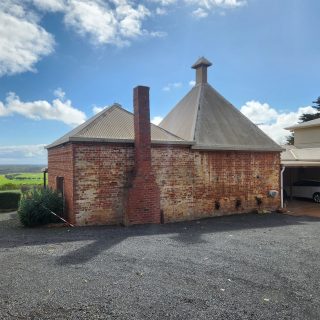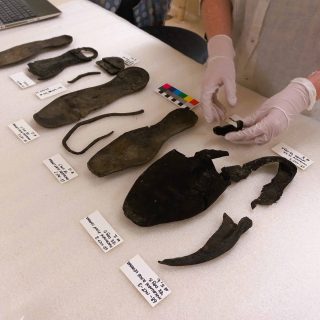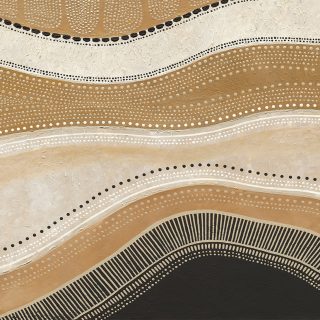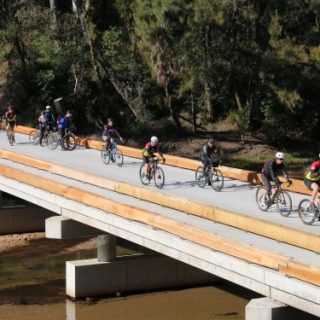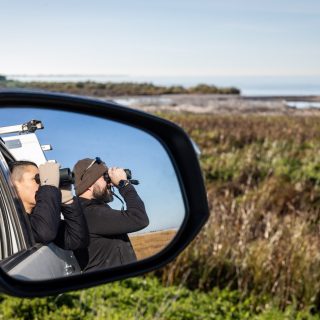Dr. Samuel Dix to present on Conflict Archaeology at ASHA and Fields of Conflict Conferences
Dr Samuel Dix, Senior Associate in Historic Heritage and Consultant Development, will be presenting three important papers at two major conferences this month: the Australian Society for Historical Archaeology (ASHA) Conference and the Fields of Conflict Conference in California.
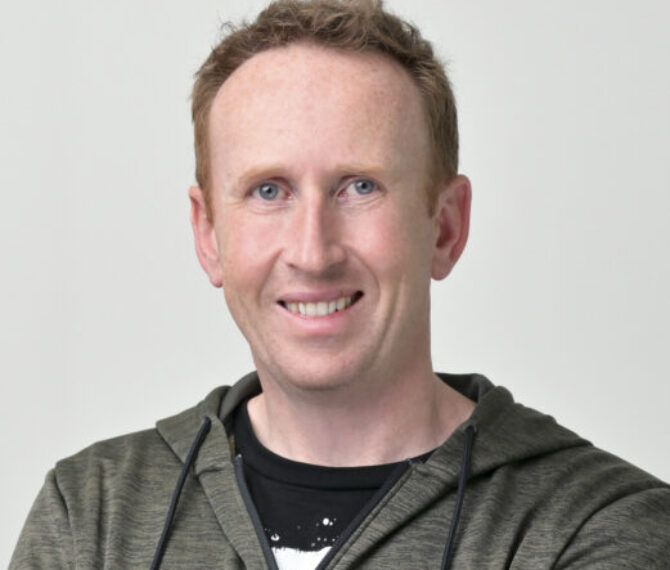
Sam, who is also an Adjunct Senior Lecturer in Archaeology at Flinders University, will share his latest research on modern conflict landscapes and the role of archaeology in understanding and healing from these experiences.
At the ASHA conference, Sam will present "Modern Defences on Ancient Landscapes: HESCO Bastion Defensive Barriers and Understanding the New Conflict Landscape," co-authored with Mark Direen. This paper examines the HESCO Bastion barrier, a modern military defensive structure used extensively by coalition forces in recent conflicts. Resembling historical gabions—soil-filled containers used for fortifications—HESCO barriers have left their mark on the conflict landscape and will continue to shape the archaeological record for future generations.
This research highlights the relevance of contemporary conflict in archaeological study, exploring how modern warfare, like that of the ancient past, leaves physical traces on the landscape. The paper provides insights into how these modern structures will be understood by future archaeologists, alongside ancient battlefields, and informs strategies for preservation and site management.
For Sam’s second presentation at ASHA, he will co-present "Archaeology of Healing: Veteran-led Programs in Archaeology" with Dr Daryl Wesley. This paper focuses on the emerging field of veteran-led archaeological projects, where military veterans engage in archaeological work as part of their transition to civilian life. Such programs not only draw on veterans’ practical skills but have proven therapeutic, particularly for those experiencing PTSD.
Programs like Operation Digger in NSW and Project Warhorse in Adelaide, supported by Flinders University, are key examples of successful initiatives where veterans have found new purpose through archaeology. These projects help foster resilience and provide a meaningful way for veterans to contribute to the preservation of heritage, offering long-term benefits for both individuals and the broader community.
But wait there is more! At the Fields of Conflict Conference in California, taking place in the same week Sam will virtually present "An Archaeology of Modern War: Reactions to Conflict Expressed through ‘Wall Art’, Musa Qala, Helmand Province, Afghanistan," co-authored with Sam’s former PhD supervisor, Distinguished Professor Paul Taçon, and his former Australian Army colleague Mark Direen. This paper examines the unique form of artistic expression found in conflict zones, focusing on wall art at a former Taliban and International Security Assistance Force (ISAF) compound in Musa Qala, Afghanistan.
Drawing on techniques used in the study of Australian rock art, the research reveals that, like Indigenous Australian rock art, periods of intense conflict triggered bursts of creative expression. The analysis of wall art at Musa Qala offers insights into how people, during times of great stress, used art to process and express their experiences of conflict. This study provides a deeper understanding of the emotional responses to war and the way such expressions become part of the archaeological record.
Sam’s presentations at both ASHA and the Fields of Conflict Conference showcase his expertise in combining modern and ancient archaeological methods to better understand conflict, preservation, and healing. His research demonstrates how contemporary archaeological practices can contribute to our understanding of modern conflict landscapes, while also offering new opportunities for healing through heritage.
Biosis congratulates Sam on his continued contributions to the field and looks forward to the impact of his research on both national and international levels.
For more information on our heritage work please visit the Heritage services page.

